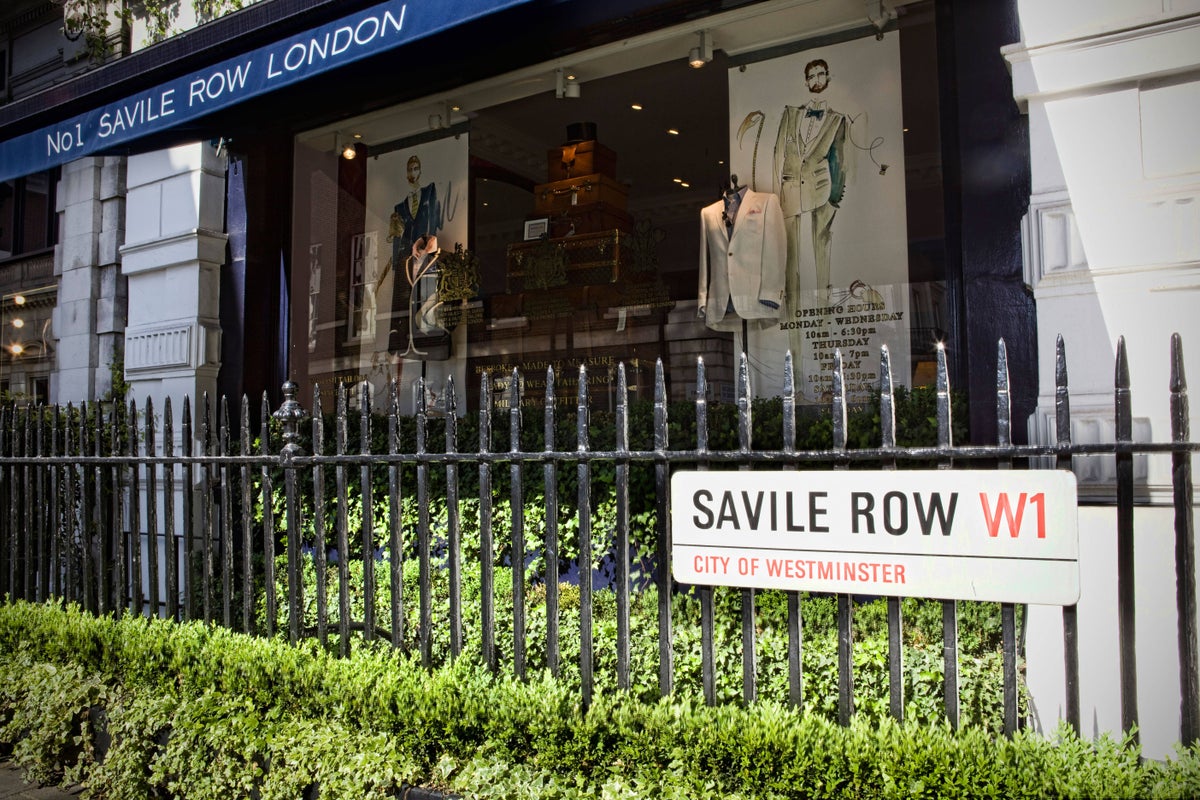
Savile Row has long been famed for its sharp sartorial tailoring, attracting customers from Laurence Olivier to King Charles III.
Located in London’s Mayfair, the short street has been dubbed the “golden mile of tailoring” since Henry Poole opened his tailor at No. 32 Savile Row in 1846.
Even the term ‘bespoke’ is understood to have originated from the street, when cloth for a suit was said to “be spoken for” by individual customers.
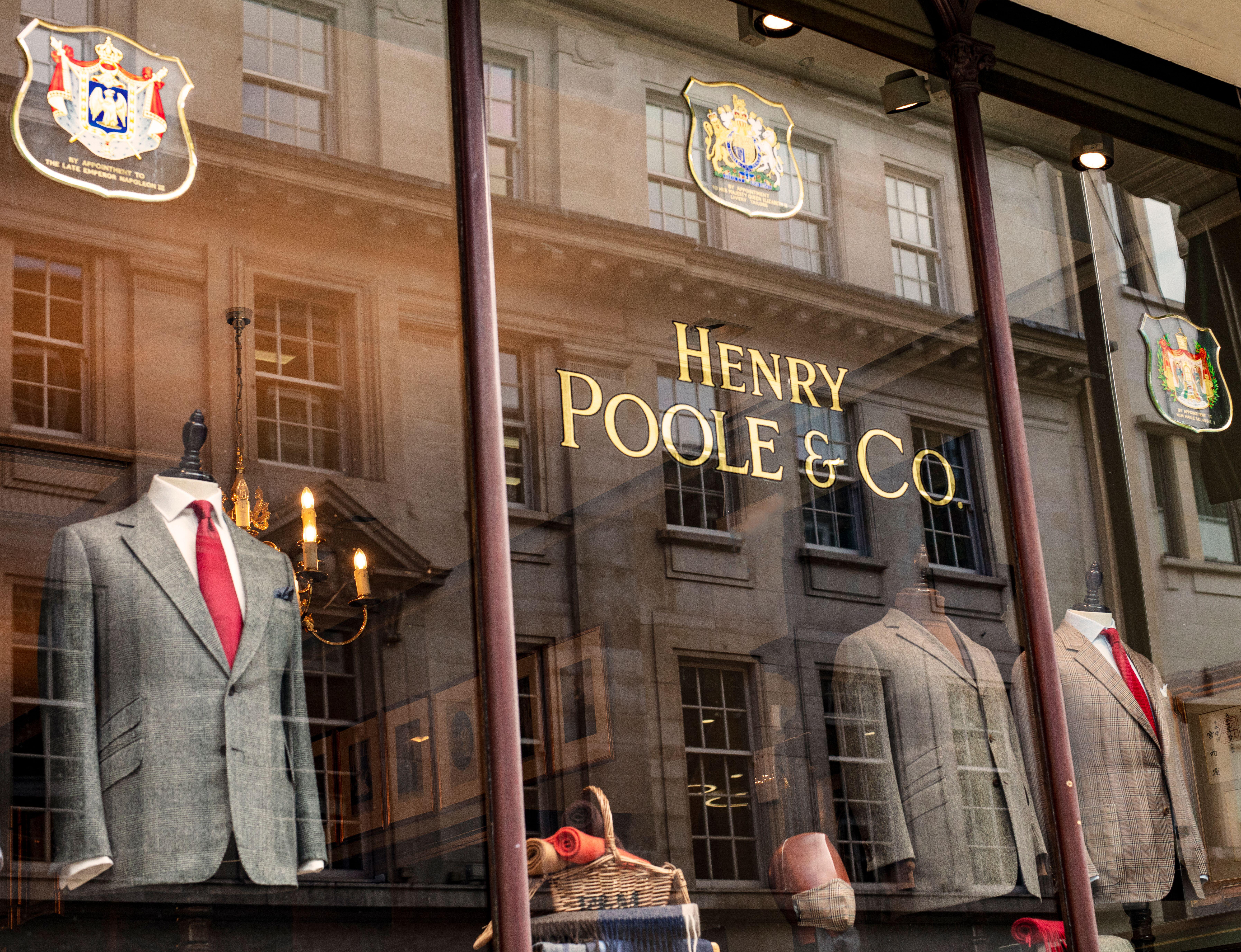
Alexandra Wood, known as ‘the female tailor of Savile Row’, takes a look back at the iconic street from its usurping in the 19th century to its diversification into genderless tailoring today.
“Savile Row really found its footing in the early 1800s, but it was around the mid-19th century that it became the place for men’s tailoring,” says Wood.
“It started with military uniforms and evolved into the ultimate destination for sharp-suited gentlemen who wanted something a little more special. From royalty to rockstars, it’s had a long line of loyal, stylish followers.”
Indeed, its roots in military dress gave way to a new elegance in menswear. Tailors on the Row began dressing figures of social, political, and creative power. Whether it was a finely tailored morning coat or an elegantly cut frock coat, Savile Row was the go-to address for impeccable style.
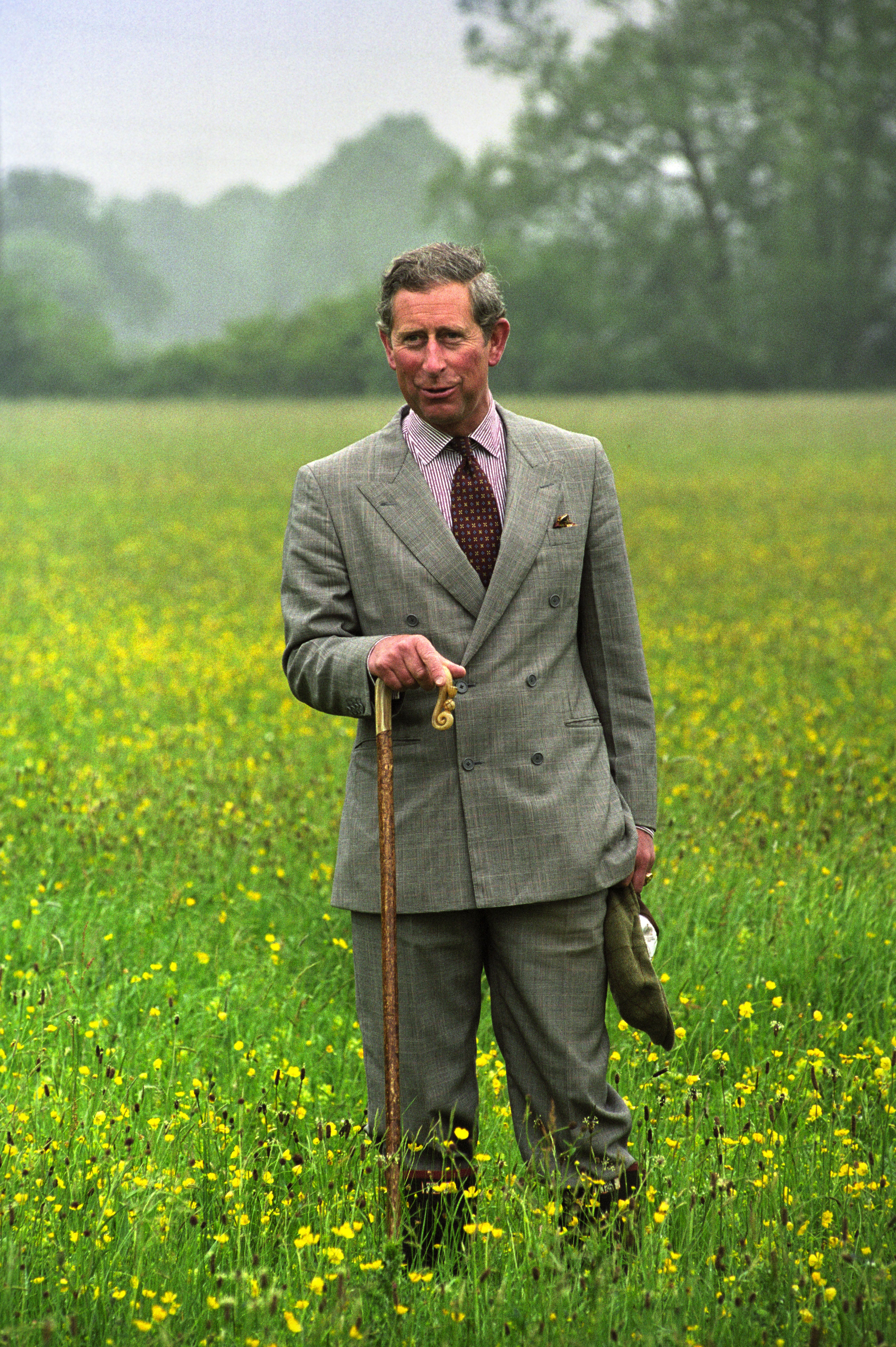
At the turn of the 20th century, there was a departure from classical men’s suits which required several pieces and components.
“Men started to move away from the very stiff, formal styles and wanted something a little more relaxed – though still incredibly elegant,” says Wood.
“Henry Poole & Co led the way and is often credited with creating the dinner jacket – what we now call the tuxedo.
“Then you had houses like Huntsman bringing a real sharpness and military edge, and Anderson & Sheppard who introduced a softer, more fluid silhouette. All very different, but each played a huge part in shaping modern tailoring.”
This blend of structure and softness would become a hallmark of British tailoring, with Savile Row at its epicentre. But its influence radiated far beyond the UK, shaping global ideas of masculinity.
Upon entering the 1970s, Savile Row was transformed once again, with experimental styles and sequins being requested by newly formed rock bands.“Oh, they turned the Row on its head – in the best way,” laughs Wood.
“[Tailors] Tommy Nutter and Edward Sexton brought style, swagger, and a much-needed jolt of personality to Savile Row. Think huge lapels, bold fabrics, and suits that made you stop in your tracks.
“They dressed everyone from Mick Jagger to The Beatles, and suddenly bespoke tailoring was exciting again. They showed the world that Savile Row wasn’t just for the old guard – it could be cool, creative, and a bit rebellious.”
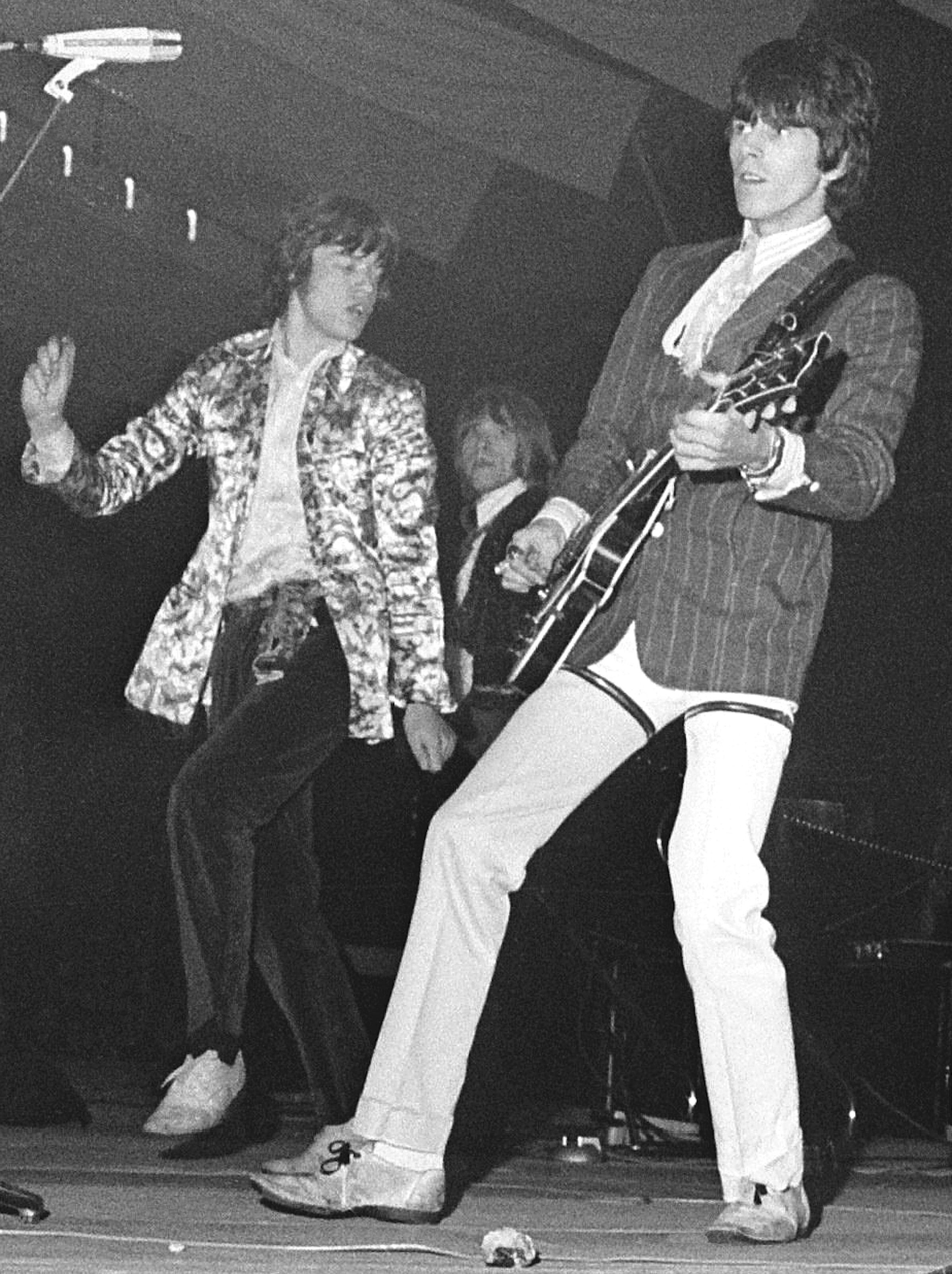
This era marked a defiant pivot, proving that even heritage institutions can evolve. The rebellious glamour of Nutter’s shop transformed the perception of Savile Row from a bastion of old-school formality to a stage for fashion’s most daring.
But as it’s long been known as an old boys’ club – some began to be put off by the old institutional atmosphere of the Row. That was until female tailors came to the street.
“I officially joined the Row in the 2010s, but I’d been in tailoring for years by then building my own business from the ground up,” says Wood. “For me, Savile Row was always the heart of tailoring, and I knew I wanted to be part of that history – but in my own way.”
When designing for her clients, she says it’s all about being assertive.
“So many of the men I work with are at the top of their game – they’re successful, smart, and used to making decisions all day long. What they don’t want is to walk into a shop and feel unsure or out of their depth when it comes to style.
“They want to be guided. They want someone to say, “This is the right cut for you. These are your best colours. Here’s how to put it all together.” And they want it to feel effortless.”
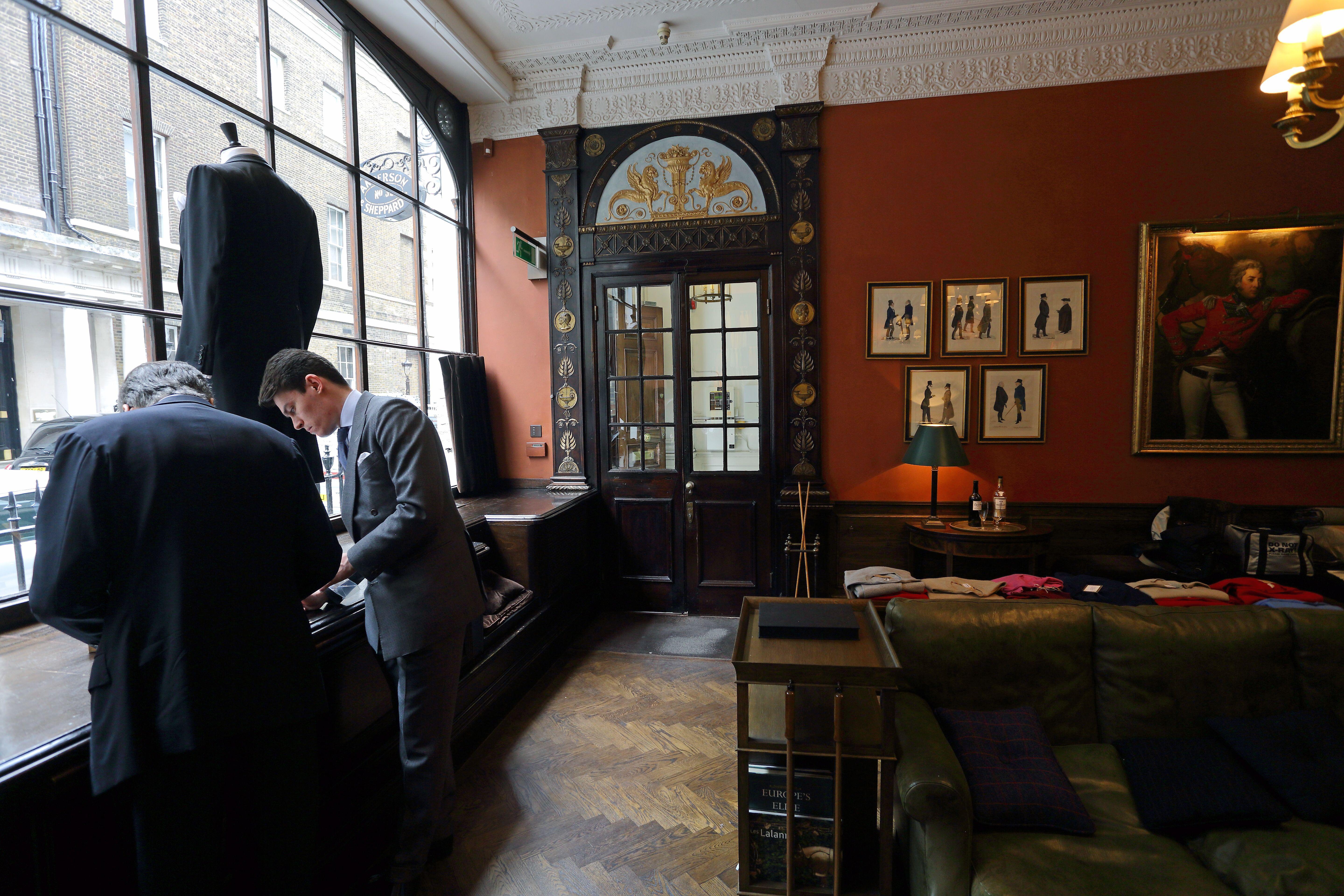
Wood and like-minded Savile Row tailors are eager to maintain its legacy, and so in 2016, Westminster Council introduced the Westminster Special Policy Area to protect Savile Row’s heritage.
“Honestly, I think it was a great move,” says Wood. “Savile Row is iconic – and without some kind of protection, it could easily have lost its identity. Tailoring is what makes the street so special, and this policy helps keep that at the core.“It’s about protecting the craft and ensuring it doesn’t get swallowed up by fast fashion or chain stores. If managed well, it means future generations will still be able to experience what makes the Row truly unique.”
So, are bespoke suits still in vogue as much as they were one hundred years ago? With the likes of David Beckham and actor Colman Domingo proving that is very much still the case, Savile Row continues to be an integral facet on London’s historic roads.
How to watch the 2025 Met Gala’s star-studded red carpet live
Brooklyn Beckham appears to skip dad David’s starry 50th birthday amid ‘feud’ rumours
10 of the best Eurovision looks throughout the years
Met Gala 2025: Bollywood fans hail star turns of Shah Rukh Khan and Diljit Dosanjh
Rihanna, Madonna and Lauryn Hill: The best dressed at the Met Gala 2025
Met Gala 2025 best dressed: From Rihanna to Lauryn Hill and Diana Ross







